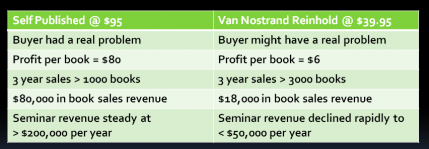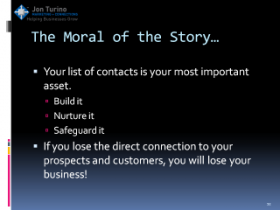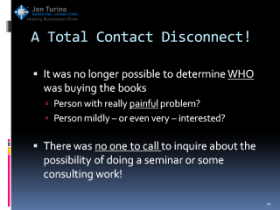 Once upon a time I wrote a book. It was actually my 2nd book but the first one I published on my own. I wrote it in a weekend on an IBM Selectric® typewriter. Yes, this was before computers so I guess I’m dating myself here. And the diagrams in the book were hand drawn using templates. Archaic, huh? But that’s what we had in those days.
Once upon a time I wrote a book. It was actually my 2nd book but the first one I published on my own. I wrote it in a weekend on an IBM Selectric® typewriter. Yes, this was before computers so I guess I’m dating myself here. And the diagrams in the book were hand drawn using templates. Archaic, huh? But that’s what we had in those days.
I had discovered that increasing circuit complexity was driving test generation costs through the roof. And I knew the tricks needed to solve that problem. Thus the book. Everyone thought I was nuts trying to sell a 77-page book for $95 (in 1978 dollars!). But I had a hunch. So I spent $1,800 for an ad in Electronics Test magazine (see Media Selection for Your Target Markets for a related topic) and I sold enough books to put me into the teaching and preaching business for over a decade.
I decided, however, that I wanted to broaden the reach of my company by having the book published by a “legitimate” publisher and advertised and sold through that publisher’s distribution channels.
 Thus came this version that sold for $39.95 to the “mass market,” such as it was at the time. And Van Nostrand Reinhold did indeed sell more of these books than I did. Three times as many, as a matter of fact, in the first year. So everything was going great, right? Not so fast.
Thus came this version that sold for $39.95 to the “mass market,” such as it was at the time. And Van Nostrand Reinhold did indeed sell more of these books than I did. Three times as many, as a matter of fact, in the first year. So everything was going great, right? Not so fast.
Take a look at the chart below to see what happened financially. While unit sales tripled, income from those sales dropped from an 80% gross margin to a 15% commission rate. That cut from $80 per book to $6 per book reduced revenues by $62,000 per year!
Some deal, huh? Now look at what happened to seminar revenues. They dropped by a factor of four — from more than $200,000 per year to less than $50,000 per year.
 So what happened? Where was the disconnect in this strategy for broader distribution? It can be summed up in these two pictures:
So what happened? Where was the disconnect in this strategy for broader distribution? It can be summed up in these two pictures:
Strategies that look sound at first blush really need to be examined and vetted to make sure that they do not have hidden unintended consequences.
Have you ever had a similar experience? If you have it would be great if you’d be willing to share it. Your comments are solicited and thanks for reading.
P.S.: You can view the whole presentation from which these slides were taken here.



